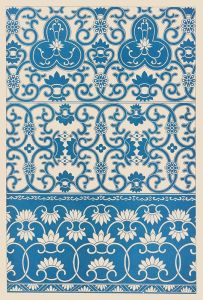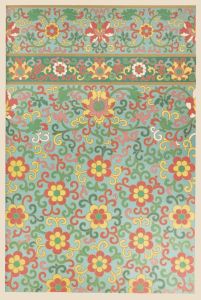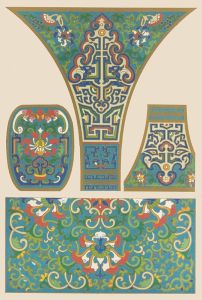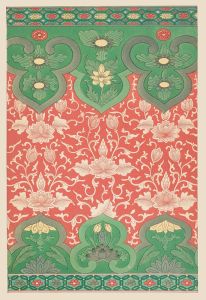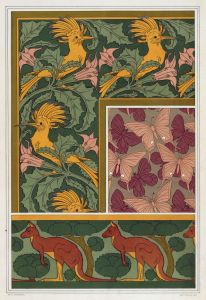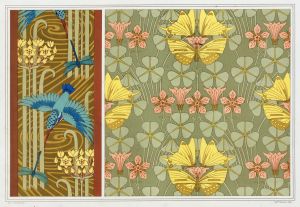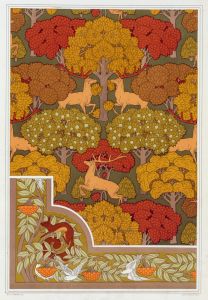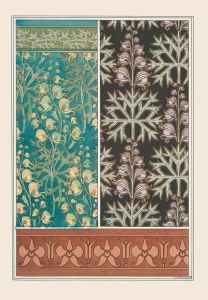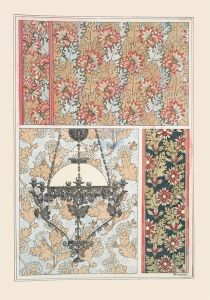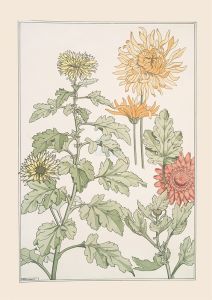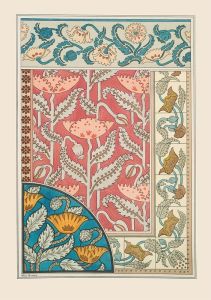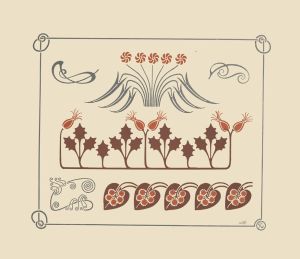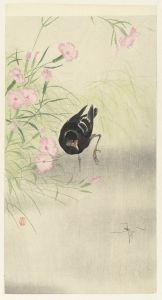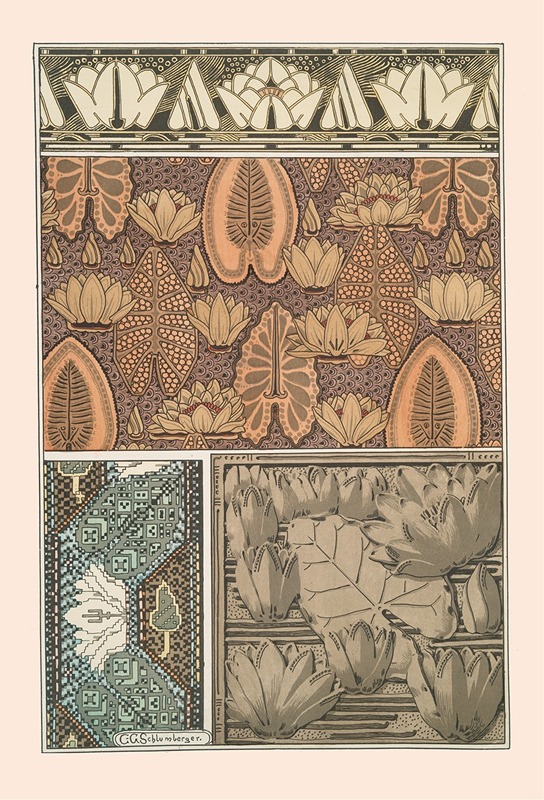
Nénuphar 3
A hand-painted replica of Maurice Pillard Verneuil’s masterpiece Nénuphar 3, meticulously crafted by professional artists to capture the true essence of the original. Each piece is created with museum-quality canvas and rare mineral pigments, carefully painted by experienced artists with delicate brushstrokes and rich, layered colors to perfectly recreate the texture of the original artwork. Unlike machine-printed reproductions, this hand-painted version brings the painting to life, infused with the artist’s emotions and skill in every stroke. Whether for personal collection or home decoration, it instantly elevates the artistic atmosphere of any space.
Maurice Pillard Verneuil was a notable French artist and designer, renowned for his contributions to the Art Nouveau movement. Born in 1869, Verneuil's work spanned various mediums, including graphic design, ceramics, and interior decoration. One of his notable works is "Nénuphar 3," which exemplifies his distinctive style and artistic philosophy.
"Nénuphar 3" is a part of Verneuil's series of works that focus on natural forms and botanical subjects, a common theme in Art Nouveau. The term "Nénuphar" translates to "water lily" in English, indicating the subject matter of the piece. Water lilies were a popular motif in Art Nouveau, symbolizing purity and tranquility, and they were frequently depicted in the works of artists associated with this movement.
Verneuil's "Nénuphar 3" showcases his skill in capturing the delicate beauty of nature through stylized forms and intricate patterns. The composition likely features water lilies rendered with flowing lines and harmonious curves, characteristic of the Art Nouveau style. This approach emphasizes the organic and dynamic qualities of the natural world, aligning with the movement's broader aesthetic principles.
The use of color in "Nénuphar 3" would have been carefully considered, as Verneuil was known for his vibrant and harmonious palettes. Art Nouveau artists often employed a limited but striking color scheme to enhance the visual impact of their designs. The choice of colors in this piece would have aimed to evoke the serene and ethereal qualities of water lilies, contributing to the overall sense of elegance and refinement.
Maurice Pillard Verneuil's work, including "Nénuphar 3," played a significant role in the dissemination of Art Nouveau aesthetics. His designs were widely published in pattern books and journals, influencing a generation of artists and designers. Verneuil's ability to blend artistic creativity with practical design applications made his work highly regarded in both artistic and commercial contexts.
While specific details about the creation and exhibition history of "Nénuphar 3" are not readily available, it is clear that this piece reflects Verneuil's broader artistic vision. His work often sought to bridge the gap between fine art and applied art, demonstrating that beauty and functionality could coexist harmoniously.
In summary, "Nénuphar 3" by Maurice Pillard Verneuil is a quintessential example of Art Nouveau's celebration of natural forms and decorative elegance. Through his masterful use of line, color, and composition, Verneuil captured the essence of water lilies, contributing to the enduring legacy of the Art Nouveau movement. His work continues to be appreciated for its artistic innovation and its influence on the decorative arts.





